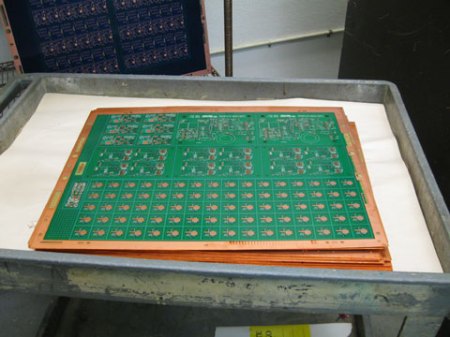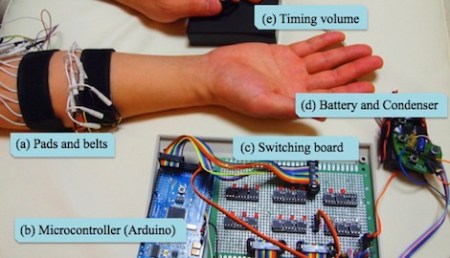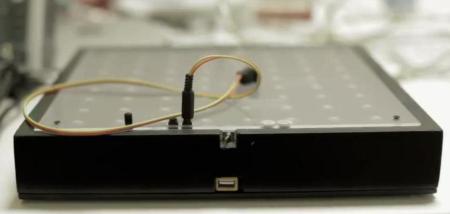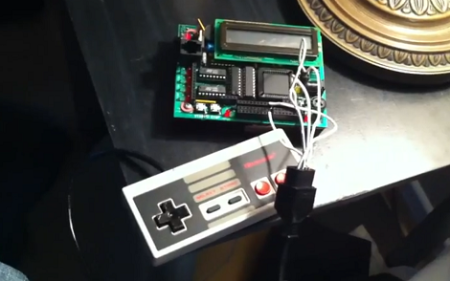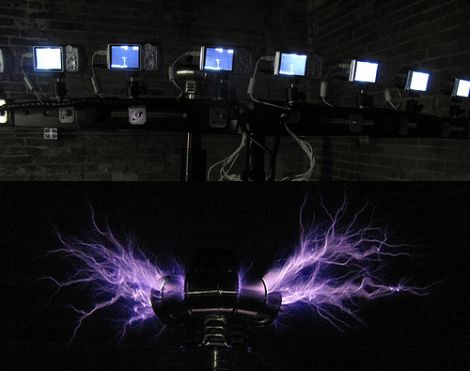
One thing we can all probably agree on is that Tesla coils are one part high-voltage electricity and two parts pure awesome. [Rob Flickenger] thinks so too, and he built a pretty nice one in his workshop some time ago. He took a bunch of pictures showing off the coil’s capabilities, but he thought that one photo taken from a single angle didn’t do much to relay just how fantastic it is to watch a Tesla coil in action.
Taking a cue from the Matrix movies, he bought a stack of Canon point and shoot cameras and constructed a bullet time rig in his workshop. In order to get the pictures just right, he flashed each camera with a customized version of the CHDK firmware that allowed him to trigger all ten shutters with a single button press. A few scripts help facilitate collecting all of the images for processing, after which he identifies the good shots and stitches them together. You can see the awesome results in the video below.
[via LaughingSquid]


